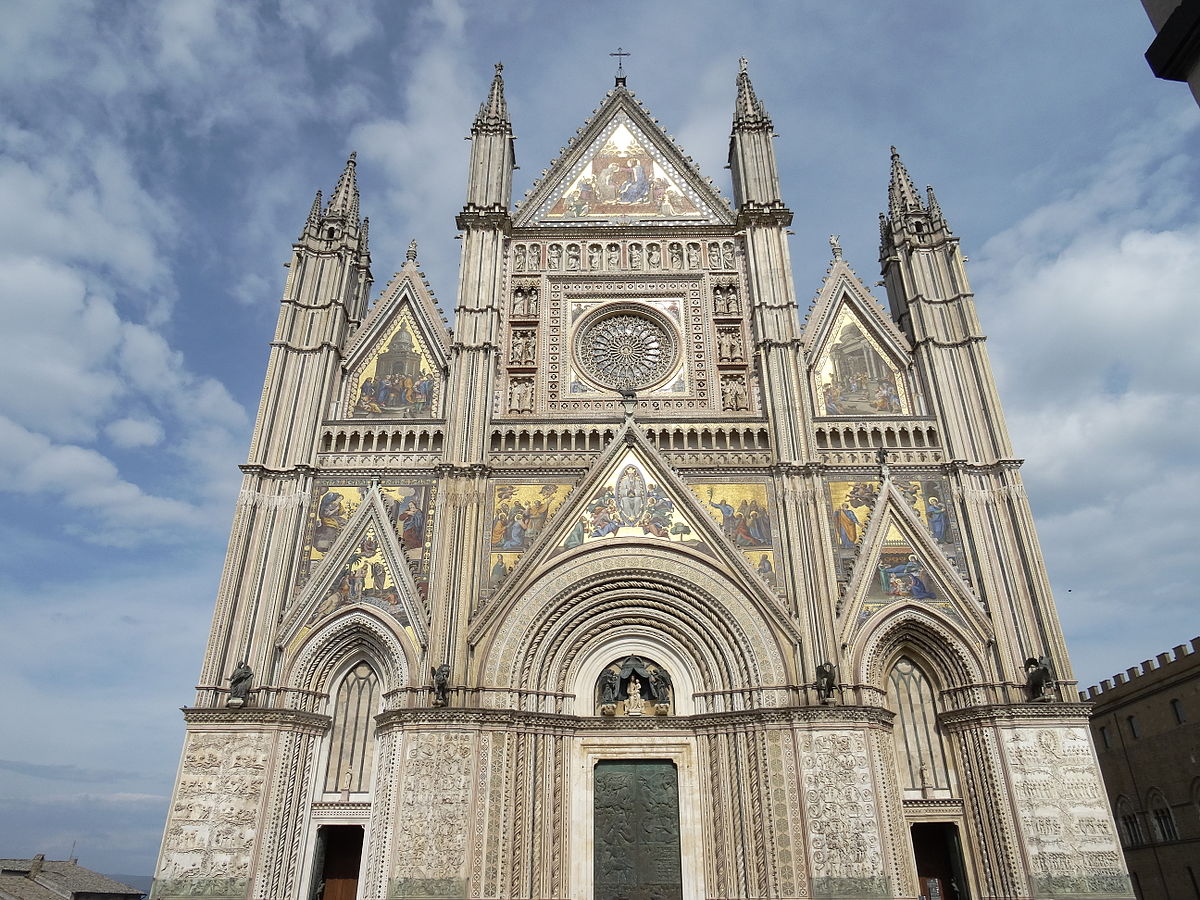Day 2: Peace Out! (The 1960s)
Activity 1: The Dawn of Television
In the 1960s there was a great deal of change in New Zealand. Technology was evolving and the television was introduced for the first time into New Zealand homes in the 1960s. Popular programmes included Town and Around and C’mon. Television remains popular to this day.
What is your favourite television show at the moment? On your blog tell us about your favourite television show. What is it about? Who are the main characters? What channel is it on
My favourite channel now is Shimmer and Shine it is about a girl called Leah when she need help she just calls her genies and she get three wishes a day. The main Characters are Shimmer,Shine,Leah.
The channel it's on is called Nick Jr.

Activity 2: Rock ‘n’ Roll
Famous bands also started travelling across the world and in 1964, New Zealand hosted, arguably the most popular band of the time, The Beatles.
People were very excited to see The Beatles, and the hype around the band was known as Beatle-Mania (similar to the modern-day Bieber-Fever)!
Read about their tour of New Zealand below, and then post three interesting facts about The Beatles Tour on your blog.
.
The Beatles' first stop in New Zealand was Wellington. Seven thousand screaming fans – nearly all young women – waited as the band touched down on 21 June 1964. One girl badly hurt her leg trying to climb a wire fence, and two others were forced through the fence because of pushing from behind.
A team of 30 police officers, some in plain clothes, was on hand. Bill Brien, in charge of the operation, later said that:
“We underestimated the whole thing badly. The crowd was so big we had to … keep all the people behind a wire fence. At one stage it looked like the fence would collapse, which would have been a disaster.”
As the band stepped off the plane, the shrieks of fans drowned out the noise of the engines. Te Pataka concert party performed a haka, before doing a hongi (pressing noses) and presenting the band members with tiki.
From the back of a Holden utility, The Beatles waved to fans who lined the roads from the airport to town. The crowds outside their hotel, the St George, were so large that The Beatles had to be taken in secretly through the bottle shop entrance of the hotel. Management rushed the band up to the third floor balcony so fans could see them and not crash the hotel.
It was mayhem. 'Girls were screaming uncontrollably, quite out of their tree,' people remembered. Police used dogs to clear crowds from verandahs and other vantage points. Teenagers pushed over and damaged two police motorbikes; there was so much pushing that one of The Beatles’ cars was shunted backwards, even with the handbrake on.
Fans trekked back to The Beatles' hotel after the concert. The band was stuck inside as crowds gathered outside. Some kept up a late-night vigil on the hill behind the hotel. Others tried to get round the strict security; four girls strolled onto the sixth floor into the arms of Ringo Starr. His response was, ‘Now girls, no nonsense or else I’ll leave.’
Away from all the fuss, two of the band members took the chance to catch up with family. Police whisked John Lennon away to Levin to meet his second cousins, while Ringo Starr (formerly Starkey) met a group of Starkeys from the Wellington suburb of Karori.
1. The Beatles stop in New Zealand was at Wellington.
2. Police used dog to clear crowds.
3. Only two band members of the Beatles took the chance to meet their family.
